Japanese decoration is recognized for its elegant minimalism, its clever use of empty spaces, as well as its ability to integrate nature into living spaces, it is a unique decoration of its kind. In this article, we will give you an overview of the basic principles of Japanese-inspired decor, as well as examples of techniques and materials used to create a zen interior and refined.
USE SOFT COLORS AND NATURAL MATERIALS
Japanese decoration is characterized by the use of soft colors and natural materials such as wood, stone, paper and bamboo. Walls are often painted white, beige or light gray to create a neutral backdrop that highlights decorative objects. The floors are often covered with tatami, woven straw mats, or light wood.
Natural wood furniture is also very common in Japanese decoration. Chairs, tables and shelves are often simple and clean, with straight lines and rounded edges. Storage is often integrated into the walls or under the beds to maximize the use of space.
CREATE A CLEAN SPACE
Minimalism is a key element of Japanese decor. The spaces are uncluttered and organized to maximize the use of space while creating a soothing and harmonious atmosphere. Decorative objects are chosen carefully and arranged to create visual balance in the room.
Among the most popular Japanese decorative elements, we can notably cite vases, lanterns, sculptures and ceramics, these are objects which are often simple and refined. Plants and flowers are also very popular, in fact, floral arrangements such as ikebana are a key element of Japanese decoration and are often used to create a focal point in the room.
INTEGRATING NATURE
Nature is an element that has a very important place in Asian interior decoration. Large bay windows, verandas and patios are common in Japanese homes, allowing residents to enjoy the beauty of nature while staying indoors.
Zen gardens, stone ponds and fountains are also very popular, these are elements that bring a sense of calm and serenity to the room, helping residents to relax and reconnect with nature.
SOFT AND NATURAL LIGHTING
Lighting is also important in Japanese decoration, in fact, the Japanese prefer natural light, the latter being soft and soothing. Windows are often left without curtains to allow natural light to enter the room. Paper lanterns are also used to bring soft, warm light to the room, they are often hung in Japanese gardens to create a peaceful and serene atmosphere, and they are also used as interior decoration. In addition to lanterns, rice paper lampshades are another option for soft, natural lighting. Dim lights are preferred to create a relaxing atmosphere, conducive to relaxation and meditation.
It is important to note that Japanese decoration is often minimalist, but that does not mean that it is boring or monotonous, quite the contrary! Natural materials such as bamboo, wood, stone and paper are used to add a touch of authenticity and warmth to the decoration.
WHICH ELEMENTS FOR A JAPANESE DECORATION?
But then in concrete terms, what elements will you be able to integrate into your interior decoration in order to give it a 100% Japanese look? First, we recommend the Japanese paintings, they will be perfect for bringing a traditional touch to your interior, in fact, Japanese triptychs most of the time represent landscapes, as we mentioned a little earlier, the Japanese are crazy about them, so if you want to take a direct leap into the habits and customs of this fabulous country, it will be a very good choice! In the same style we can also recommend the Japanese prints, the designs that can be found on these are similar to the designs that we find on Japanese paintings, in fact, Japanese prints highlight Japanese landscapes, each one more beautiful than the other.
The Japanese noren is also very popular, it is a traditional Japanese curtain which will allow you to beautify your door frames. The Japanese noren is most of the time used at the border of the kitchen and the dining room, it is used to separate the rooms and to keep in the kitchen the odors that may come from cooking food . Two other elements that you can choose to integrate into your decoration: the Maneki-Neko and the Daruma! These are two traditional decorative objects from Japan, they are very popular and both have different meanings, initially depending on their color but also for the Maneki-Neko depending on which paw the cat lifts (the right paw or the left paw). Finally, you should also know that Japanese accessories such as umbrellas or even fans are very often used within traditional Japanese interior decoration, in fact, these two accessories are often hung on the walls, they will give any of your rooms a feeling of calm and zen regardless of the circumstances.
Now, Japanese wall decoration and more generally Asian decoration no longer holds any secrets for you, it's now or never to opt for a Japanese-style decor for your home, this will be an opportunity for you to show your love for Japan to everyone!













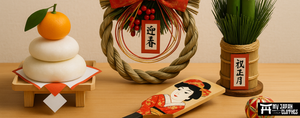
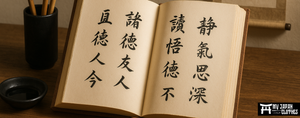



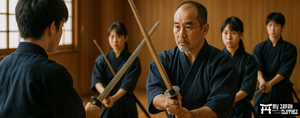


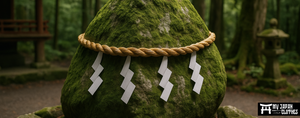



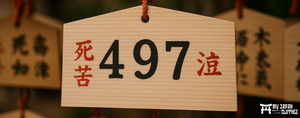
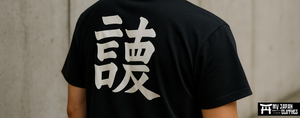
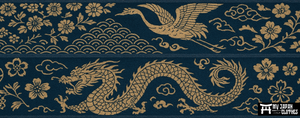
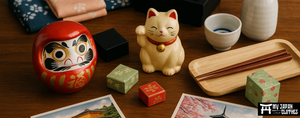




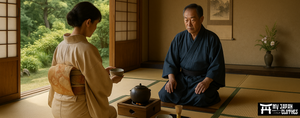
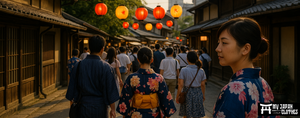
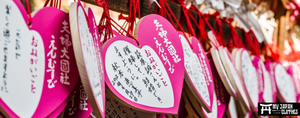



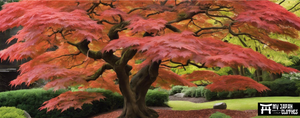

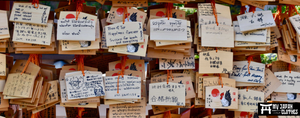

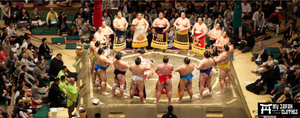







Leave a comment